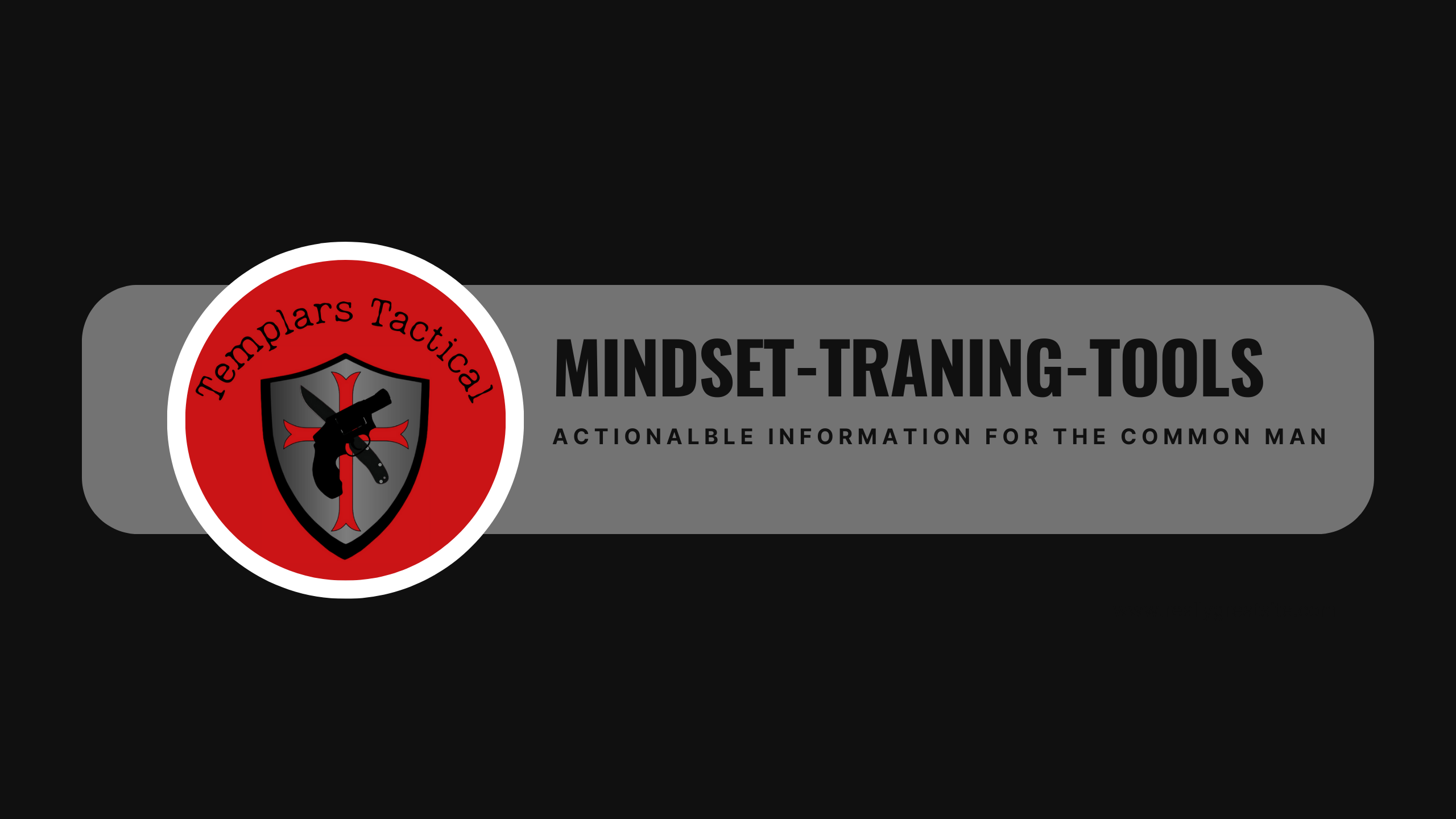Many well-known edged weapon, self-defense, and martial arts instructors teach that in a violent encounter you will be able to intentionally target specific anatomical areas with a knife such as cutting the muscles an attacker coming at you with a hammer. However, this belief is often misguided. This would require you to be able to see your target. At contact distance it is about what you can feel, not what you can see.
For years, people have questioned why police officers involved in shootings don’t simply aim for an assailant’s arm or leg. Decades of data from the FBI and NYPD Firearms & Tactics Unit show that the average officer-involved shooting happens within 3-5 feet, lasts 3-5 seconds, and involves 3-5 rounds fired. Despite this, many agencies and individuals spend most of their training time engaging targets at three to four times that distance. Skilled shooters are generally more accurate at greater distances because they can better align their sights with the target. Knives, however, require direct contact to be effective, eliminating any such advantage of distance.
Combative Anatomy: Understanding How to Stop an Attacker
The study of combative anatomy focuses on stopping an attacker from continuing their assault by targeting three primary bodily systems:
- Central Nervous System (Electrical System) – Includes the brain and spinal cord. Disrupting this system through strikes (open-hand, impact weapons, or environmental collisions) can stop an attacker immediately. These are not penetrating injuries.
- Circulatory System (Plumbing System) – Comprises the heart, arteries, and veins. Penetrating injuries are most effective against this system.
- Structural System – Includes bones, muscles, ligaments, and tendons. Bones are best attacked with impact weapons, while edged weapons are most effective against muscles, ligaments, and tendons.
When using a knife, it’s important to remember that a well-placed pommel strike to the forehead may stop an attacker faster than a stab to the heart.
Default vs. Intentional Targeting
At close quarters, whether with a knife or gun, the best way to stop an attacker is default targeting rather than intentional targeting. Default targeting prioritizes natural, high-percentage targets that require little precision. These include the groin, under the sternum, and the throat—midline targets that can be quickly accessed.
Using a Palm Brace Grip instead of the traditional Monkey Fist Grip where the knife is held with the blade protruding from the top or bottom of the hand is best. The technique involves a cyclic “sewing machine” motion (short, rapid jabs) rather than wide, telegraphed swings. Since the knife stays close to the body, the attack is difficult to anticipate or defend against. Additionally, when the attacker is stabbed, their instinctive reaction is to reach for the wound, exposing them to further strikes. This also has the added benefit of putting them on the defensive instead of being able to focus on using their weapon.

My preferred fixed-blade knife for default targeting is the Reverse Karl from Auxiliary Manufacturing. A key advantage is that by simply repositioning the index finger, it allows for Inverted Edge Tactics (IET).
Inverted Edge Tactics (IET)
The body is naturally resistant to downward slashes, but inverting the edge of the blade allows for a different approach. IET focuses on pulling the blade in an upward motion—similar to cutting a rope—rather than pushing. Pulling motions are about 30% stronger than pushing. This method exploits natural junction points in the body, such as the armpits and groin, which contain the brachial and femoral arteries, two of the body’s largest blood vessels.
When an attacker instinctively recoils from a blade lodged in these areas, the movement creates a scissoring effect, worsening the injury. IET can be used effectively with any blade, even if the attack helps keep the blade open. Similar to the Palm Brace Grip, the inverted grip keeps the knife close to your silhouette, making defensive reactions unlikely and ineffective.

IET remains effective in clinch and on the ground. If taken down, a defender can cut their attacker off of them by targeting junctions on the side of the neck and behind the knees while working their way back to their feet.

The Advantage of Default Targeting
By focusing on default rather than intentional targeting, you counterattack in a way that doesn’t require immediate visual confirmation of the knife’s effectiveness. This is critical if blood obscures your vision or if you’re grappling at extreme close quarters.
In essence, default targeting with a knife is equivalent to point shooting with a handgun—it prioritizes speed, efficiency, and instinctive mechanics over precision.




